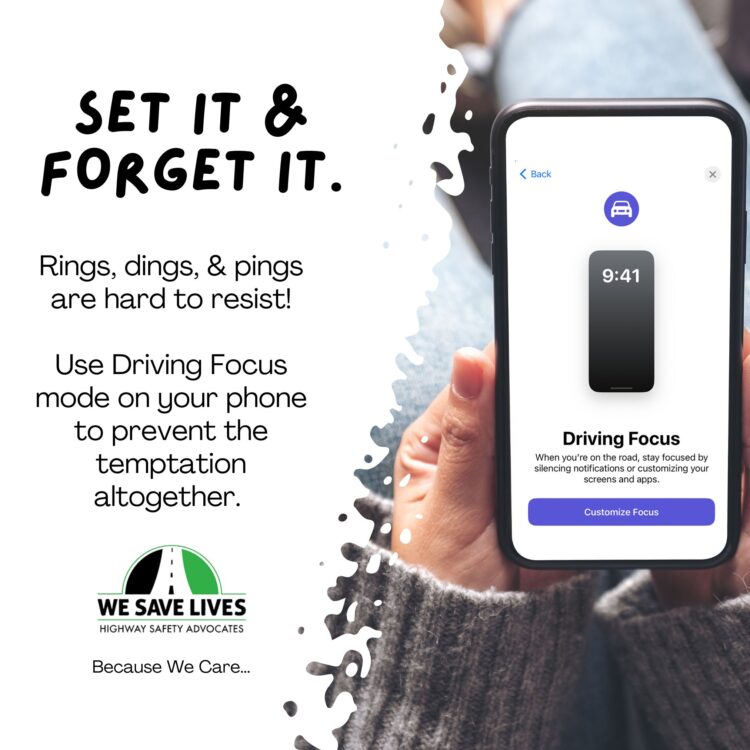Each of us was committed to putting an end to the crisis—one of us as secretary of transportation, tracking the heartbreaking statistics nationwide; the other, a determined mother leading a coalition of families affected by drunk driving after her teenage daughter, Cari, was killed by a repeat offender.
Together, we built a bipartisan coalition to support legislation under which states would lose 5 percent of their federal highway construction funds in 1987 and 10 percent in 1988 unless they adopted a 21-year-old drinking age.
At the bill signing, President Reagan reflected on how the public and their government found a solution: “We’ve seen the rise of a great national movement. … It began in the community; it spread to State governments; and now it’s won wide support here in our Nation’s Capital — the movement against drunk driving.”
The law led all 50 states and the District of Columbia to raise their alcohol purchase ages to 21 by 1988. The result was immediate. In the first year of nationwide adoption, the U.S. General Accounting Office found that rates of youth drinking, youth driving after drinking, and youth alcohol-related car accidents had all dropped. Even more promising, the law’s life-saving effect endured over time. Between 1982 and 1998, the number of fatal crashes involving drunk drivers under the age of 21 fell by 59 percent.
That trend line has not continued the way we hoped. Today, too many young people drive after consuming alcohol and the number of crashes is only made worse by the rise in distracted driving and driving under the influence of drugs.
According to the National Highway Traffic Safety Administration, 29 percent of drivers under 21 who died in car crashes in 2020 had been drinking. Another study revealed that one in six college students with access to a car reported driving under the influence of a drug other than alcohol at least once in the previous year.
The newest and most frequent challenge is distracted driving, with talking to passengers and smartphone use ranking as the leading factors. Nearly six in 10 teen-related crashes can be attributed to a distracted driver. More concerning though, despite laws attempting to curb this behavior, it’s still socially acceptable. Many of us remember how the drunk driving crisis was fueled by a culture that tolerated the behavior. America must not make the same mistake twice.
A national movement continues around these challenges. Currently, safety advocates are working together to transform the deadliest traffic days of the year for teens into the “100 Safest Days of Summer,” but crash prevention awareness lacks the priority of earlier days.
Policymakers should continue looking for data-driven ways to reinforce driving safely. We also must hold ourselves accountable as Americans, rediscovering our sense of responsibility around driving under the influence, and treating distracted driving with the same level of grave seriousness.
As President Reagan said, the movement against drunk driving reflected “the will of the American people.” Forty years later, our nation must summon that same will as we face driving dangers, old and new alike. If we do, just as before, the precious lives of young Americans will be saved for generations to come.
Elizabeth Dole is a former senator and former U.S. secretary of transportation from 1983-87.
Candace Lightner is the founder and president of We Save Lives.
The views expressed in this article are the writers’ own.






